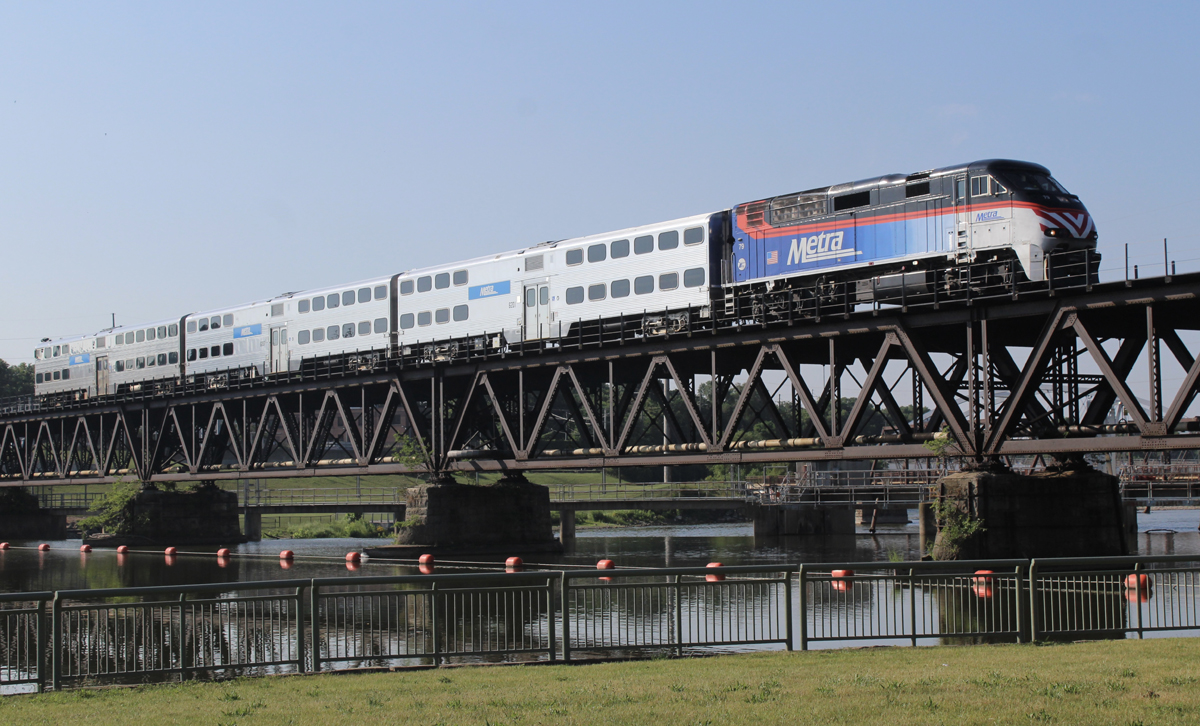
CHICAGO — Illinois Gov. JB Pritzker disclosed earlier this month that his administration seeks to commit almost $1 billion of planned 2026-2031 infrastructure spending to several languishing passenger rail initiatives in the state, but translating proposals into tangible results continues to be a challenge. Hanging over all new construction endeavors is the need for Illinois lawmakers to come up with sustainable financial support for commuter rail and transit systems as federal operating funds recede.
Chicago-Rockford: $270 million still on track
Plans for the Chicago-Rockford service were announced in July 2023, with Metra tapped as the operator of two daily round trips to being by the end of 2027 [see “Illinois chooses Metra …,” Trains.com, July 6, 2023]. Illinois Department of Transportation spokesman Scott Speegle tells Trains.com the agency is currently working through preliminary engineering, field reviews, environmental clearances and agreements with host railroads Metra and Union Pacific.
The route will utilize Metra’s Milwaukee West corridor to Big Timber station west of Elgin, Ill., where a connection to UP’s former Chicago & North Western Rockford branch will be constructed.””Between the end of 2025 and 2026 we anticipate final design for the corridor, followed by construction from 2026 into 2027,” Speegle says. Ongoing legal disputes between the railroad and commuter operator will have no impact, according to a Metra source, because IDOT is handling all construction activities.
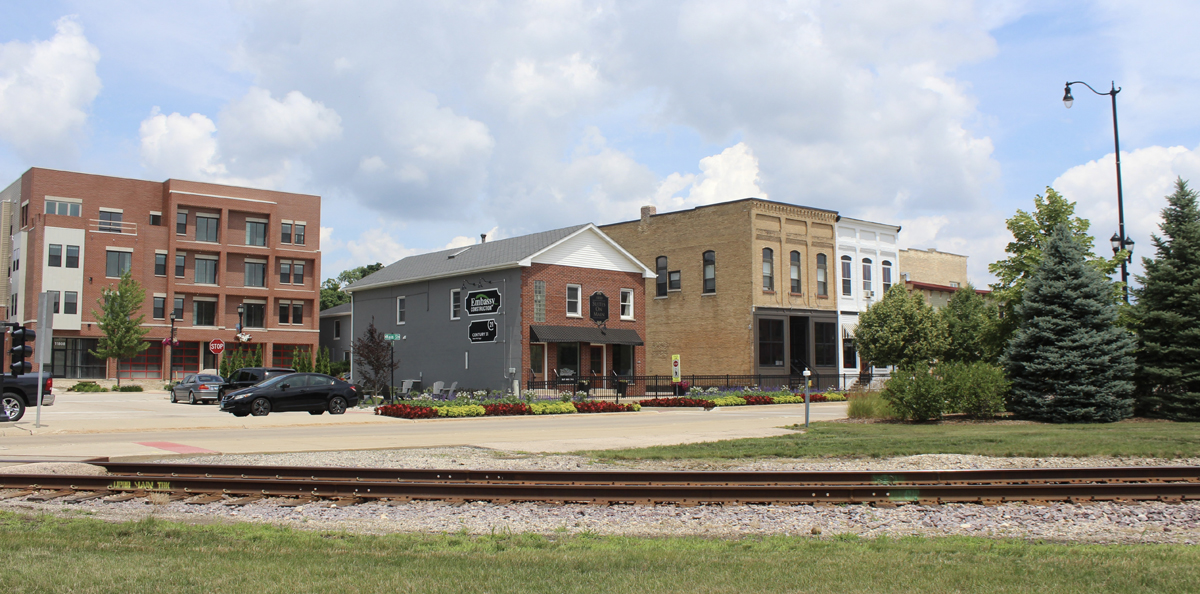
A recent wrinkle is that Huntley, Ill., officials have announced the town of about 30,000 residents some 55 rail miles from Chicago have withdrawn plans to join Belvedere, Ill., as an intermediate stop, primarily over concerns of congestion and parking.
Huntley is 7 miles east of Union, where the Illinois Railway Museum has a large parking lot within walking distance of the UP tracks. But arranging for a platform and necessary infrastructure improvements leading to it would have to be approved should the museum be willing to host a year-round stop.
Meanwhile, Jeep manufacturer Stellantis said this week it would reopen its shuttered Belvedere plant by 2027, giving a boost to the city 15 miles east of Rockford and 16 miles west of Union.
Chicago-Quad Cities: $388.8 million in limbo
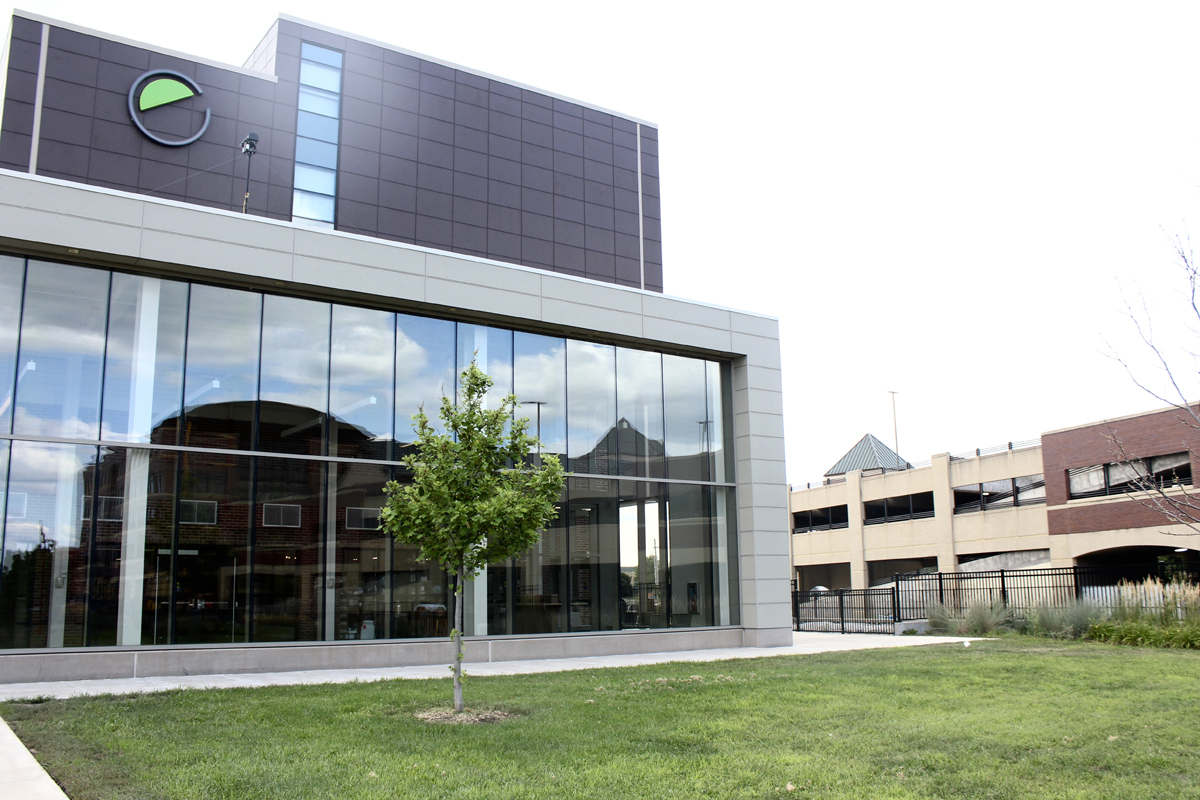
Efforts to bring passenger trains to Moline, Ill., via BNSF Railway’s Chicago-Galesburg speedway with a connection to Iowa Interstate’s ex-Rock Island main line at Wyanet, Ill., continue to be stymied. At issue is installation of positive train control on 53 miles of IAIS track. Illinois DOT spokesman Speegle explains the $388.8 million total includes a $131 million federal grant matched by $32.8 million in state funds, plus an additional $225 million from the “Rebuild Illinois” investment package.
Funding dates to 2011, when a Amtrak-sponsored study in 2007 provided rationale for a $177 million federal stimulus grant that originally included provisions for a service extension to Iowa City. Some of that money was diverted to the purchase of the Siemens Venture fleet and helped pay for extra capacity at BNSF’s Eola Yard east of Aurora, Ill. The Quad Cities project stalled in 2015, when newly elected Illinois Republican Gov. Bruce Rauner cut previously approved rail spending. Engineering and land acquisition for the Wyanet connection has been on a back burner ever since.
The director of Illinois Department of Transportation’s Office of Intermodal Project Implementation, Jason Osborn, said last week that an estimated $40 million PTC investment had ballooned to at least $140 million. “It would have to be maintained annually to allow 79-mph speeds on what is otherwise a dark railroad without a signal department,” Osborn said at a High Speed Rail Alliance meeting in Chicago. “We’ve learned a tremendous amount about what it takes to reactivate a railroad for passenger service.”
Trains.com has regularly asked all parties for more details on negotiation sticking points and what engineering work needs to be completed. Speegle wrote in a recent email, “We continue to engage with IAIS and BNSF to explore all options to get passenger rail to Moline.”
It seems clear Iowa Interstate expects the state to pick up all annual PTC incremental costs as long as passenger trains operate. Osborn did note at the Chicago meeting that ex-Chicago, Burlington, and Quincy tracks from Galesburg also serve Moline, where the city completed a station building in 2018. Branch line abandonments, however, mean the remaining north-south line would require trains to reverse direction at Galesburg on a circuitous route not travel-time competitive with driving.
Chicago-Carbondale: $98 million awaits Corridor ID process
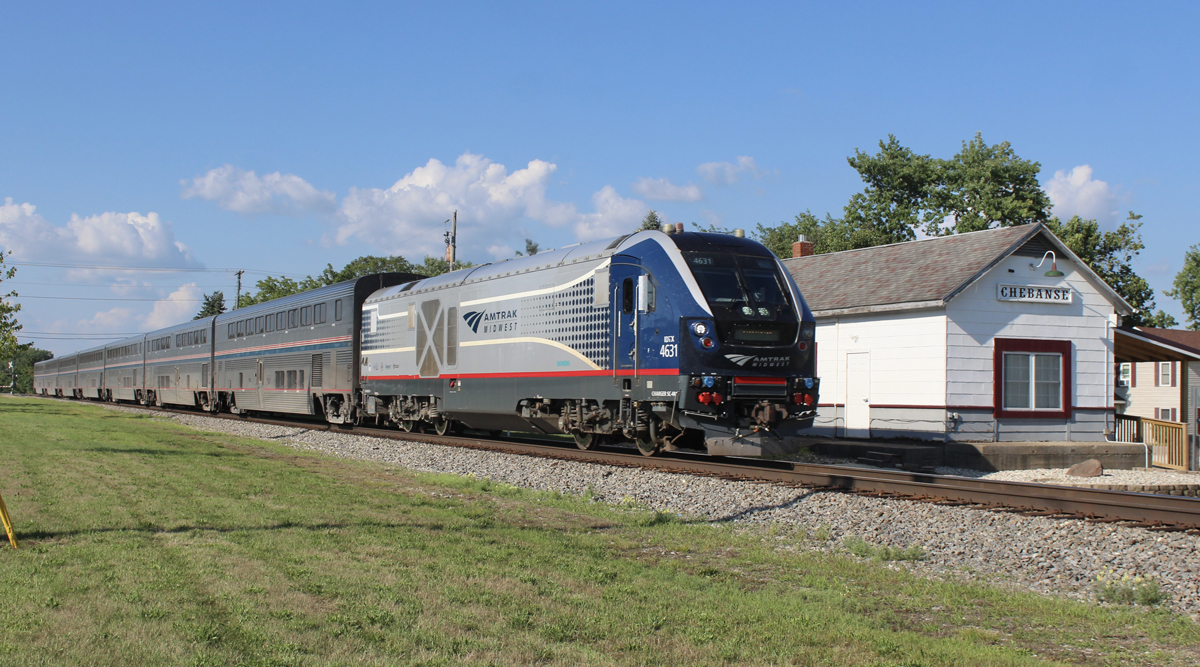
In 2024, the Chicago-Quad Cities and Chicago-Carbondale routes won $500,000 Federal Railroad Administration Corridor ID service planning grants, which essentially re-examine from square one any in-progress negotiations that have already occurred.
Such a restart is being imposed on Canadian National’s tracks hosting daily Illini, Saluki, and City of New Orleans round-trips. According to Speegle, “There were conceptual lists of improvements from CN and Amtrak that have not been agreed upon by all parties.” Now, he says the state agency “will be working with the FRA, CN, Amtrak to do the service development planning required through the FRA’s Corridor ID program to build consensus on the infrastructure required for improving corridor performance and adding additional round trips. By staying in the Corridor ID program, IDOT can potentially leverage the $98 million remaining in Rebuild Illinois state funds with additional future funding.”
The parties may have been close to simply determining where additional passing sidings might be located on Illinois Central’s straight-arrow “Main Line of Mid-America” single-tracked under Hunter Harrison, CEO from 1993 to 1998. But other issues remain. These include the ongoing operating and compensation contract dispute between Amtrak and CN dragging on at the Surface Transportation Board [see “Amtrak, CN ask STB to extend filing deadline …,” Trains.com, Sept. 27, 2025].
There is also CN’s demand that Amtrak continue to run at least seven Superliners on every train to insure proper track-circuit signal shunting [see “The quest to counteract ‘loss of shunt’…,” Trains.com, Sept. 5, 2023]. That unresolved concern is only marginally closer to a fix than it was two years ago. Amtrak has received a grant from the FRA to install shunt-enhancing antennas on the trucks of 33 state-owned Charger locomotives. CN says this will eliminate the issue, but Speegle says “the grant scope, schedule, and budget details are still being worked out by Amtrak and the FRA … We are hoping that this work can get accomplished within the next year so that Ventures can be run on the Illini-Saluki route and Superliners can be deployed elsewhere.”
Meanwhile, Illinois lawmakers are attempting this month to come up with Chicago-area transit funding; that effort is tied to a restructuring Metra, the Chicago Transit Authority, and the Pace suburban bus network into a more-coordinated Northern Illinois Transit Authority. Additional support for the state’s intercity passenger rail program is connected to some revenue scenarios, but a stalemate over some tax proposals remains.







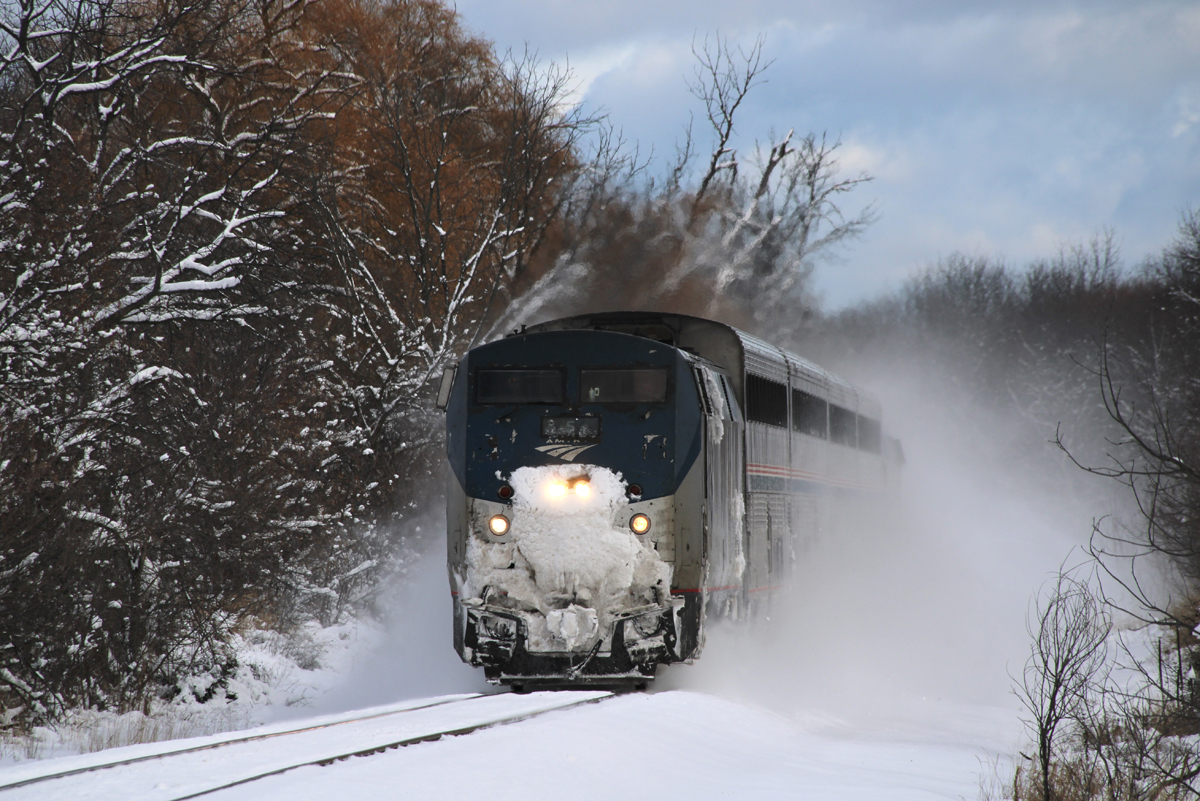
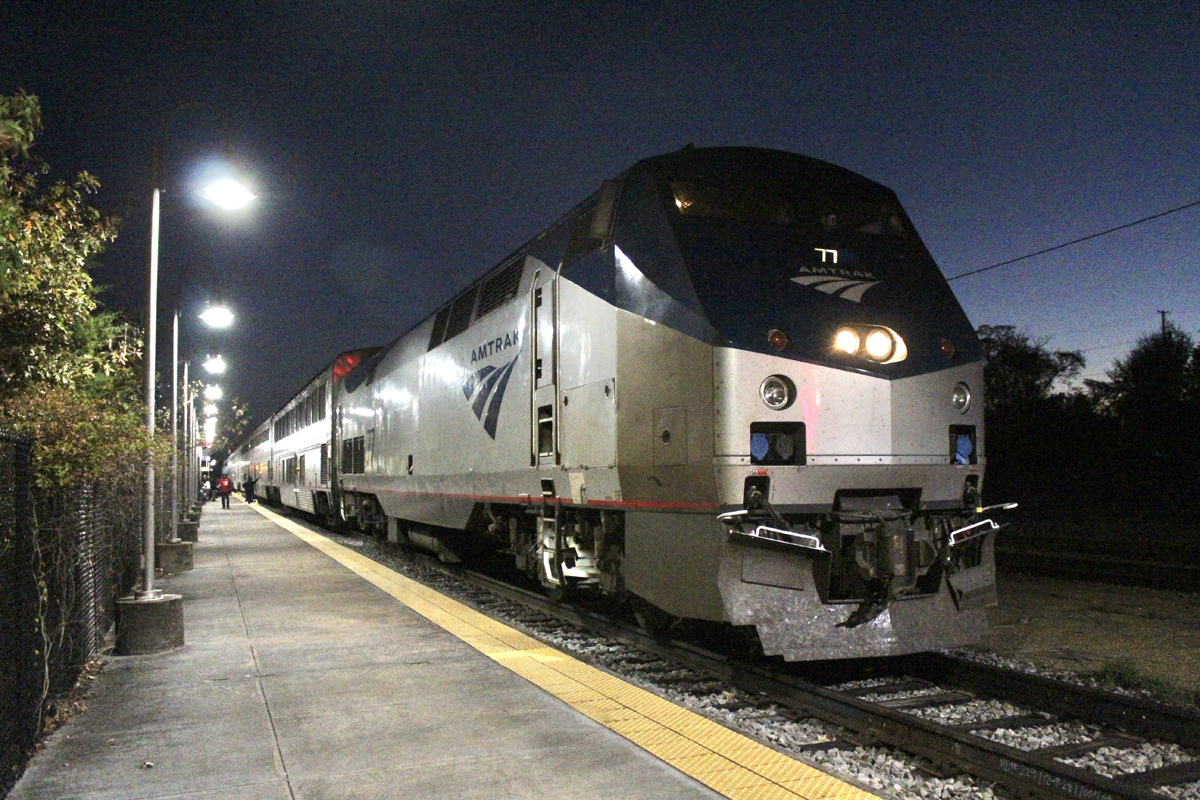
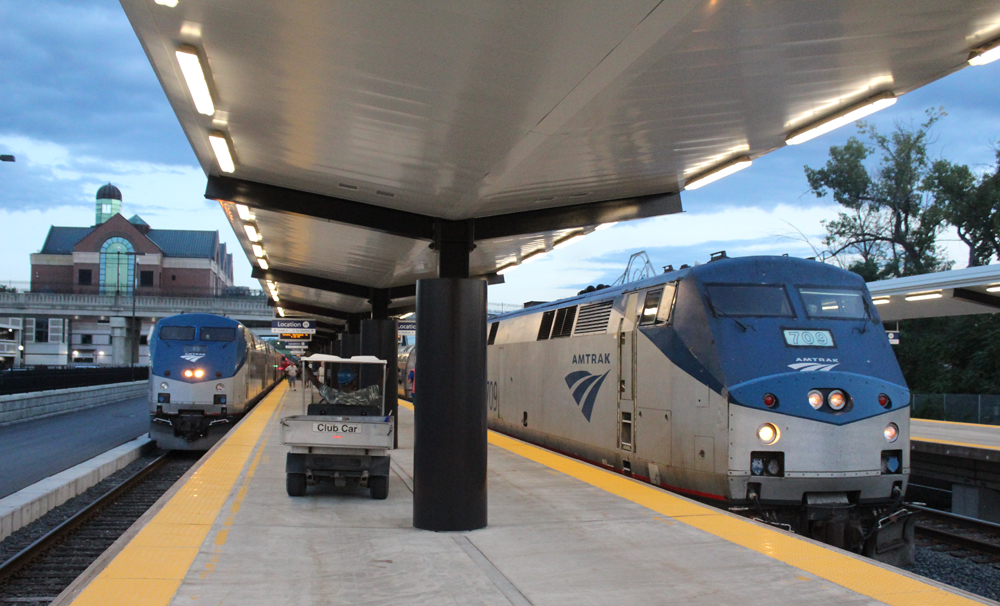
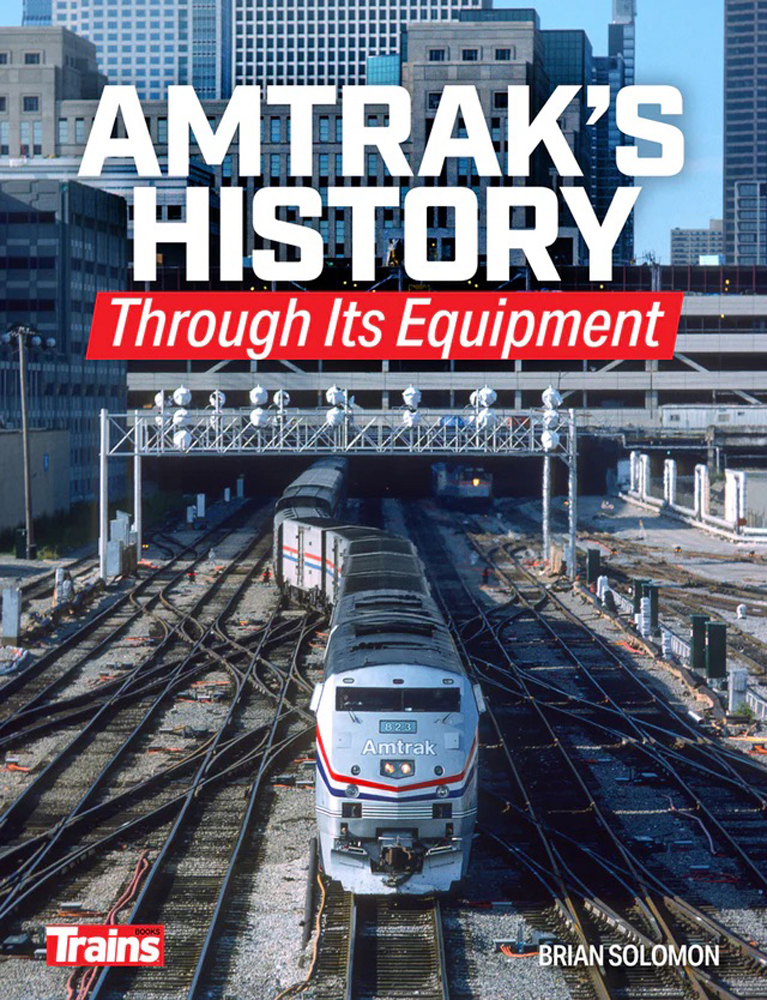
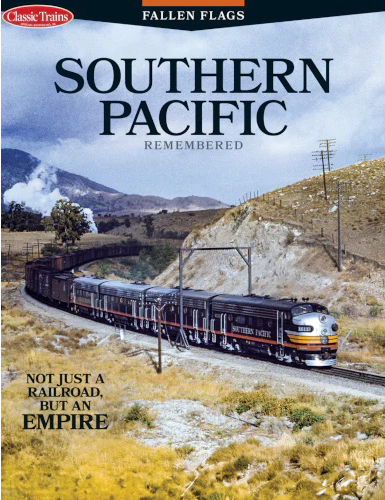

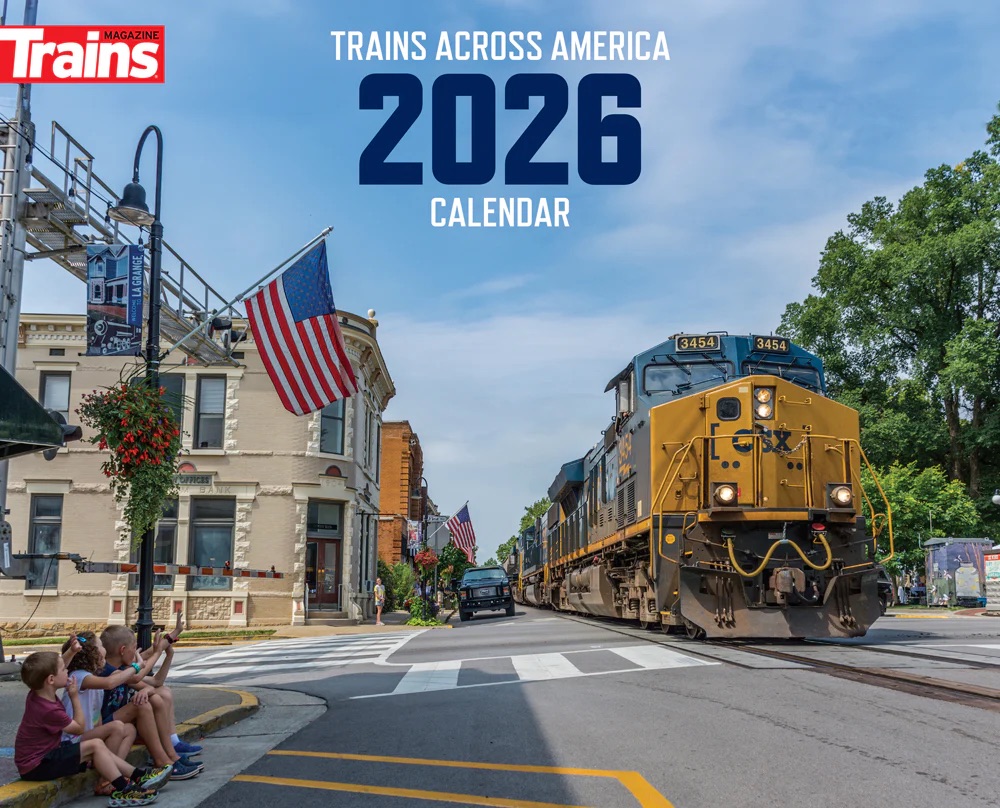
A stop near the IRM would boost its visibility.
It would be nice if the “speedway” term were dropped from any usage. This latest howler sees it extended to Galesburg, not just Aurora. For the record, many years ago I was chatting with an old CB&Q conductor riding in from Aurora and for some reason asked about the “speedway” moniker. I’ll never forget his snort of derision…”we (the Q) never called it that.” So, it is a foamer term exclusively. And also for the record, coming in on the Cal. Zephr. was no hi-speed run a decade ago, but a weaving in and out.
People who live in Rockford, Quad Cities, etc., would welcome these trains and would ride them. The capital costs are through the roof. This is 2025, not 1971. As the article points out, you can’t just plop a passenger train onto a railroad track because there is a railroad track,
This is the third article in three days that either points that out or should have pointed that out. A couple of days ago, an article about a possible Chicago to Toronto service via Detroit. Windsor’s Essex Terminal Railroad is built to haul road salt at 5 mph, not passenger trains. Sure, it could be upgraded, it’s only a handful of miles, but at what cost and who would pay?
Yesterday, and article on a proposal for a Chicago – Pittsburg train via Fort Wayne Columbus. No mention of what it would take to upgrade the freight lines to passenger train specification, for hundreds of miles.